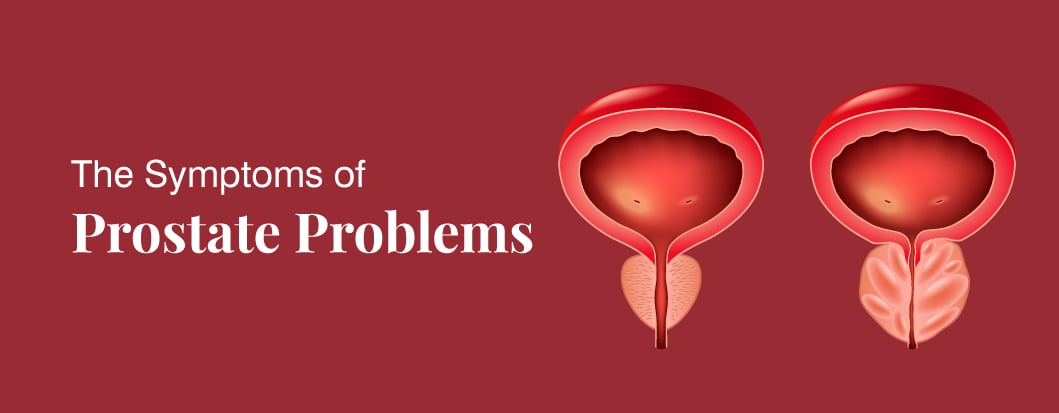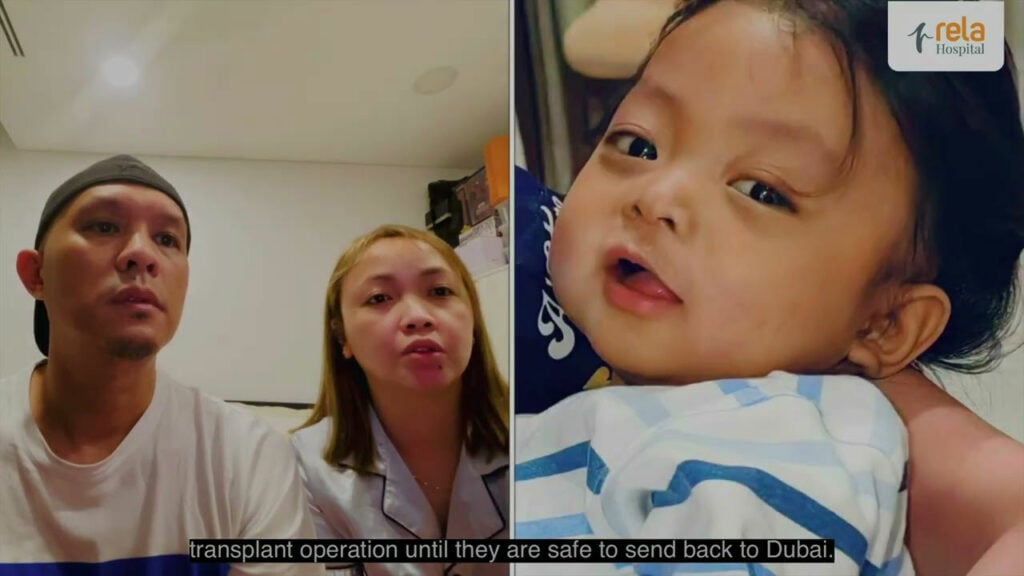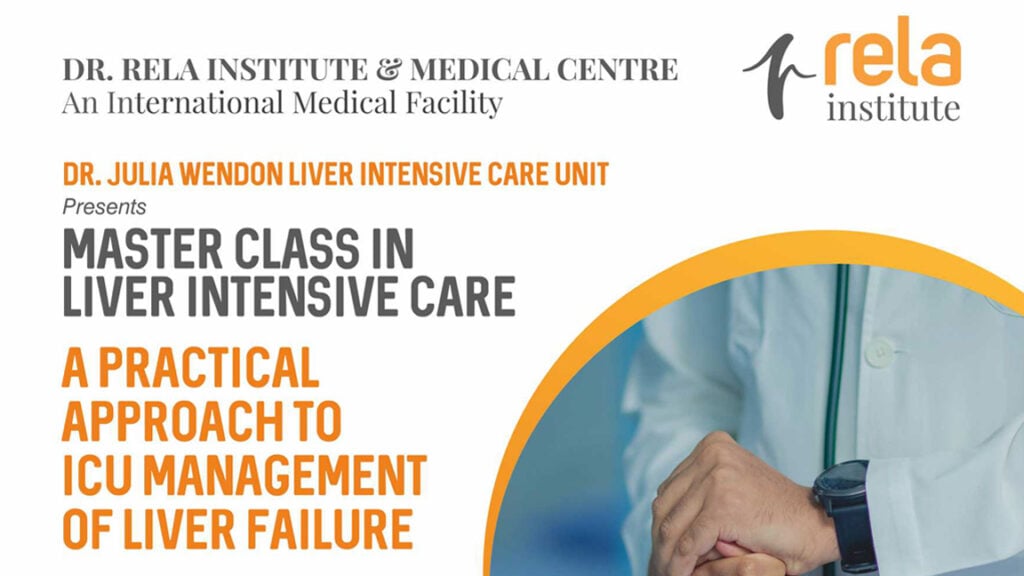Chronic Liver Disease
Here, the liver is damaged over a prolonged period by continued and repeated injury. The cause of injury could be chronic viral infections such as hepatitis C or hepatitis B infection, or prolonged abuse of alcohol. Recently, fatty liver disease has been on the rise due to unhealthy dietary habits and a sedentary lifestyle. Over a period of time, fatty liver disease can lead to inflammation (damage) of the liver, and this can also cause chronic liver disease. Long-term diabetes is another cause of chronic liver disease due to fat accumulation in the liver.
Uncommon causes of chronic liver disease are primary biliary cirrhosis, primary sclerosing cholangitis, and autoimmune liver disease, where the own cells damage the liver due to their inability to recognise the liver as their own.
The chronically damaged liver goes through the stages of fibrosis and cirrhosis, during which the liver becomes hard and shrunken. This affects the liver function, causing jaundice, encephalopathy (confusion, forgetfulness, slowing of thought process), swelling of the abdomen and feet and abnormalities in the ability of blood to clot. The hardened liver increases the resistance to blood flow through the liver, causing complications, such as blood vomiting, blood in the stools and fluid in the abdomen. The third serious problem with cirrhosis is the development of liver cancer. Liver transplantation cures all these problems of cirrhosis by replacing the damaged liver with a new healthy liver.
Severity of Chronic Liver Disease
Not all patients with cirrhosis need transplantation. Liver transplantation is only advised when the risk of serious complications and death is high enough to justify a major operation such as liver transplantation. In most instances, a careful history, clinical examination and standard blood tests can help in estimating the severity of liver disease and the risk of complications. Symptoms of end-stage liver disease include:
- Accumulation of fluid in the abdomen (Ascites). Infection of this abdominal fluid, called Spontaneous Bacterial Peritonitis, is even more ominous.
- Deteriorating kidney function along with liver function (Hepatorenal Syndrome)
- Vomiting of blood or passage of black stools is suggestive of bleeding from the stomach and intestine.
- Altered consciousness, confusion or slow mentation (Hepatic encephalopathy)
Scoring system to assess the need for Liver Transplantation:
Child Pugh score (CPT) and the Model for End-Stage Liver Disease score (MELD score). As a general rule, patients with a MELD score greater than 15 have a survival benefit with transplantation. In addition, the presence of liver cancer on a background of cirrhosis is a strong indication for liver transplantation, provided the tumour stage fits into internationally recognised criteria.
Causes
Chronic liver disease is one of the important causes of morbidity and mortality around the world. Excess alcohol consumption, chronic viral infection and obesity are the leading causes of chronic liver disease. The liver is a unique organ that regenerates quickly; however, progressive long-term damage leads to scarring and eventually to cirrhosis. In patients with cirrhosis, the liver is stiff, shrunken and nodular. Cirrhosis leads to complications such as jaundice, bloody vomiting, poor nutrition, confusion, fluid accumulation and liver cancer. Once patients develop symptoms of severe cirrhosis, less than one-third of patients will survive for one year.
Signs and Symptoms
The liver is a fairly large organ with a versatile function. Therefore, the diseases affecting the liver may not cause any symptoms until late in the illness, when most of the cells are damaged. Some people may feel tired, but being a non-specific symptom, one may not think about liver disease.
Symptoms of chronic liver disease
- Loss of appetite
- Fatigue & weakness
- Jaundice
- Blackening of skin
- Leg swelling
- Abdominal distension
- Increased bleeding tendency
- Blood vomit
- Black stool
- Slow speech, Confusion episodes
- Abdominal pain, fever and vomiting due to infection
Signs of liver disease that you may see
- Muscle wasting
- Jaundice
- Ascites
- Scratch marks
- Enlarged liver
- Enlarged spleen
- Leg oedema
- Prominent blood vessels on the skin
- Endoscopy to look for oesophageal varices
- Hyperpigmentation
- Low blood sugar
Stages
Chronic liver disease typically progresses through four main stages:
Stage 1: Hepatitis (Inflammation)
- What it is: The liver’s initial response to injury or toxicity, causing inflammation.
- How it progresses: Chronic inflammation from various causes leads to hyperactive healing and eventual scarring.
- Symptoms: May not be present in the early stages.
Stage 2: Fibrosis (Scarring)
- What it is: Scar tissue, made of collagen, begins to build up, stiffening the liver and gradually replacing healthy tissue.
- How it progresses: Reduced blood flow and oxygen to the liver begin to impair its function.
- Reversibility: Some amount of fibrosis can be reversible if the underlying damage slows down, allowing the liver to regenerate.
Stage 3: Cirrhosis (Severe, Permanent Scarring)
- What it is: The liver becomes severely and permanently scarred, with irreversible damage.
- How it progresses: The liver lacks enough healthy cells to function properly or to regenerate effectively.
- Symptoms: More noticeable symptoms appear, including jaundice, fatigue, weakness, appetite loss, weight loss, and abdominal bloating.
Stage 4: End-Stage Liver Disease (ESLD)
- What it is: The liver’s functions are severely disrupted, and it can no longer heal or function on its own.
- How it progresses: Symptoms worsen, leading to physical and mental impairment.
- Treatment: Often, a liver transplant is the only option.
Complications
- Hepatic Encephalopathy: Brain dysfunction caused by toxin buildup, leading to confusion, coma, or rarely seizures. Often triggered by infection, constipation, or medications, hospitalisation is frequently required.
- Portal Hypertension: High pressure in the portal vein may result in varices, abdominal fluid accumulation, and hepatic encephalopathy.
- Ascites: Fluid accumulation in the abdomen, often with leg swelling and abdominal discomfort. Managed with salt restriction, diuretics, fluid drainage, or liver transplantation in advanced cases.
- Varices: Veins in the esophagus or stomach that become enlarged from portal hypertension and may rupture, causing serious bleeding.
- Gastrointestinal Bleeding: Usually from esophageal or gastric varices. Managed with endoscopic procedures (band ligation, cyanoacrylate injection), medications, and antibiotics. Nonselective beta blockers are used for prevention.
- Acute Kidney Injury (AKI): Common in cirrhosis, worsens prognosis, and may lead to chronic kidney disease. Requires regular monitoring of kidney function.
Risk Factors
Lifestyle Factors:
- Alcohol: Heavy drinking can cause fatty liver, hepatitis, and cirrhosis.
- Obesity & Metabolic Syndrome: Increases risk of NAFLD/NASH and liver damage.
- Diet: Low fruits, vegetables, fibre; high sugar and processed meats raise risk.
- Tobacco Use: Chewing tobacco contributes in some populations.
Viral Infections:
- Hepatitis B & C: Major causes of CLD and cirrhosis.
- Other Viruses: Epstein-Barr, CMV, and herpes simplex may also harm the liver.
Medical Conditions:
- Autoimmune Diseases: Autoimmune hepatitis, primary biliary cholangitis.
- Genetic Disorders: Hemochromatosis, alpha-1 antitrypsin deficiency.
- Medications & Toxins: Certain drugs and environmental toxins.
- Pregnancy Complications: Acute fatty liver, preeclampsia, HELLP syndrome.
Other Factors:
- Environmental Exposure: Chemicals and toxins can contribute to liver damage.
- Age & Family History: Elderly and those with liver disease in the family are at higher risk.
Diagnosis and Tests
Initially, doctors will do a physical examination, look at symptoms, diet, lifestyle, and health history. Finally, laboratory tests and imaging studies will be used to evaluate liver health. These may include:
- Blood tests: Liver function tests can indicate the presence of liver disease, its severity, and the risk of liver failure. These tests measure liver products like liver enzymes, proteins and bilirubin levels in your blood. Blood tests can also reveal inflammation, specific liver conditions, or complications such as impaired blood clotting.
- Imaging tests: You might also be advised to undergo an abdominal ultrasound, CT scan, or MRI. These imaging tests help assess the liver’s size, shape, and texture, and can detect inflammation, swelling, growths, or fibrosis.
- Elastography: Elastography utilizes ultrasound or MRI to assess liver stiffness and detect the degree of fibrosis.
- Endoscopy: Endoscopy involves passing a tiny camera (endoscope) through your upper GI tract to see inside your biliary tract.
- Nuclear medicine imaging: This scan employs a gamma camera to track a safe radioactive tracer injected into your body, highlighting areas of the liver that are not functioning properly.
- Liver biopsy: A liver biopsy involves taking a small sample of liver tissue so it can be analyzed in a lab. This is usually done through a hollow needle. The biopsy will check for cancer or confirm cirrhosis and help determine the cause.
Management and Treatment
Certain types of liver diseases have specific medical treatments. For instance, viral hepatitis is treated with antivirals, and autoimmune diseases are treated with corticosteroids and immunosuppressants. It’s important to recognize that lifestyle modifications are the main approach to treating liver disease. You must reduce the toxic load on your liver if you have any type of liver disease.
Early recognition can help to treat liver disease effectively before permanent damage is done. Unfortunately, liver disease is often detected late, when it is too late to reverse its course. If cirrhosis or liver failure is present, additional treatments may be required for complications such as portal hypertension or liver cancer. In severe cases, the liver may not recover, and a liver transplant could become necessary.
Prevention
You can help prevent liver disease by:
- Getting vaccinated: Vaccines can prevent viral hepatitis A and B.
- Practicing good hygiene: Practicing good hygiene like washing hands after using the restroom, handling food safely, and using needles properly can help prevent the spread of infections.
- Limit alcohol intake and take medications exactly as prescribed. If you have a substance use disorder (SUD), seek treatment to reduce the risk of toxic hepatitis.
- It’s important to manage metabolic factors like blood sugar and cholesterol levels.
Living with Liver Disease
If you’re living with liver disease, you can protect your liver by:
- Maintaining a healthy diet: Eat more whole foods, with plenty of vegetables and lean protein.
- Maintaining a healthy BMI (body mass index): Take advice from experts on how to achieve this.
- Avoiding alcohol, tobacco and nonprescription drug use: Take help and look for resources to help you quit.
- Use medications exactly as prescribed and consult your doctor before starting any new ones.
- Prevent infections by maintaining good hygiene and practicing safe sex to reduce stress on your liver.
- Stay on top of your healthcare by attending regular check-ups and screenings to detect complications early.














